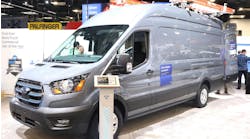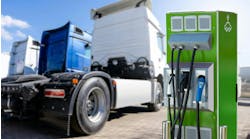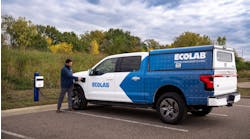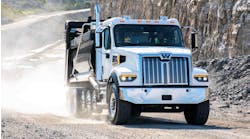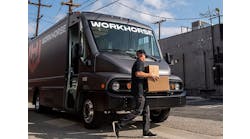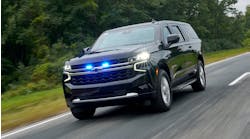A new study released by the Coordinating Research Council in cooperation with the Health Effects Institute highlights the robust low-emissions performance of the new generation of clean diesel technology manufactured starting in 2010.
The study found a more than 60% reduction in emissions of nitrogen dioxide compared with previous 2007 models, and 99% reduction compared with 2004 models. The study noted that the reductions “exceeded substantially even those levels required by law.”
“These findings underscore just how clean this new generation of fuels, engines, and emissions control technology really is, coming in substantially cleaner than required under the EPA and California Air Resources Board (CARB) standards” said Allen Schaeffer, executive director of the Diesel Technology Forum, a Frederick MD-based organization representing the diesel industry.
This study, the Advanced Collaborative Emissions Study (ACES), is a multi-party five year study to test the emissions and health effects of the new diesel engines to document improvements that have been made and to ensure there are no unintended emissions from this new technology. This portion of the ACES study (Phase 2) builds on the findings from Phase 1 completed in 2009 that found substantially lower levels of emissions of particulate matter than anticipated. In that case, 2007 engines were 99% lower than 2004 models.
“Not only are the 2010 and later model year technology near zero emissions for fine particles, this study confirms that they are also substantially below the EPA/CARB standard for one of the key precursors to ozone formation (nitrogen dioxide),” said Schaeffer.
“According to our research, today more than 11% of the commercial trucks and buses on the road are using the 2010 or newer generation of clean diesel technology; and more than one-third are using 2007 and newer technology. Not only are these heavy-duty trucks and buses lower in emissions for particulates and smog forming compounds like nitrogen dioxide as reported today, but they must continue to meet these near-zero clean air performance standards for 435,000 miles; almost four times longer than required for passenger cars,” said Schaeffer.
“Meeting the 2010 standards for highway vehicles was a major milestone, but we’re not done yet. Starting January 1, 2014, heavy-duty engine and truck makers will offer new models that comply with the additional new standards for lower emissions of carbon dioxide (CO2) and minimum fuel economy levels, as required by EPA and the National Highway Traffic Safety Administration (NHTSA).
The study can be found at www.dieselforum.org
